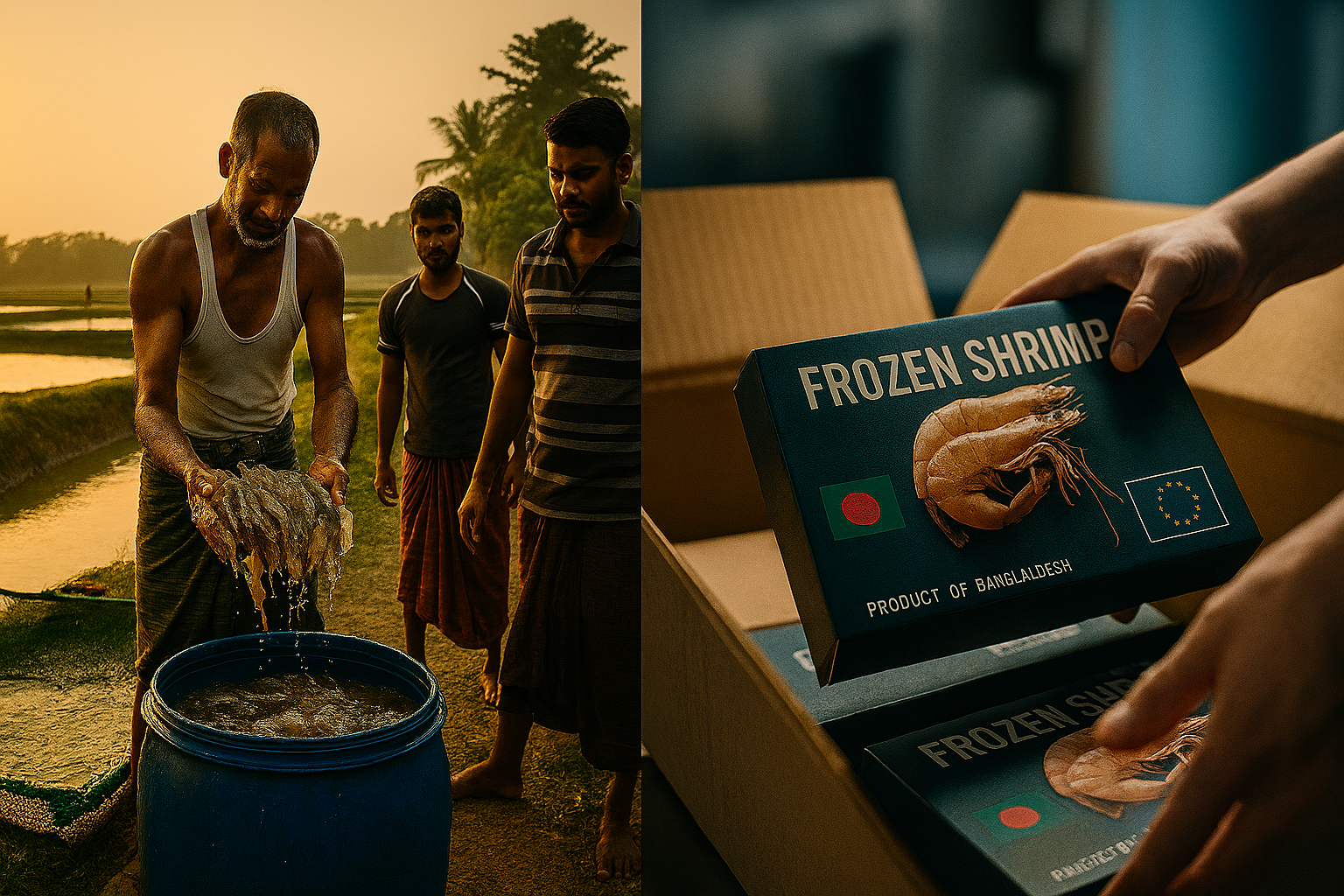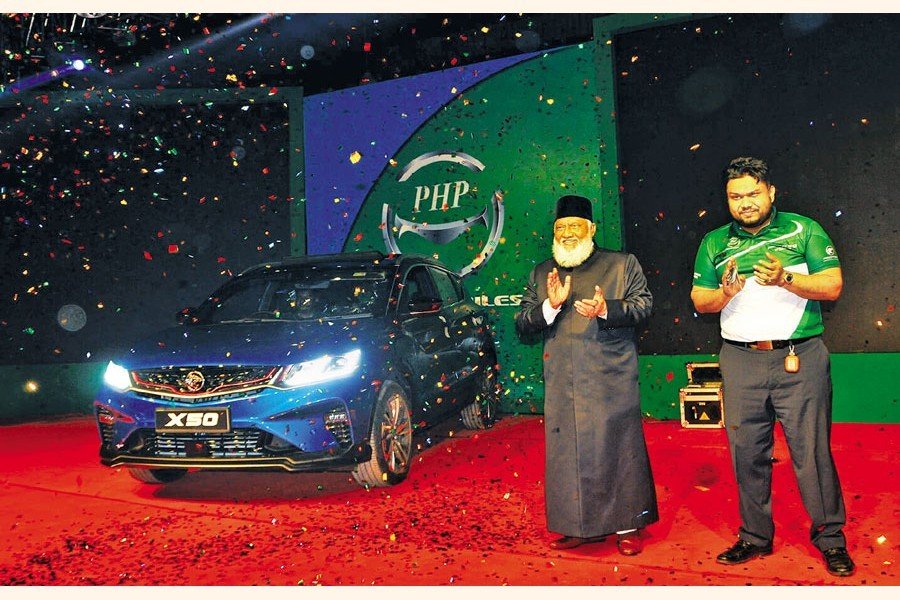Rajshahi Silk Industry: Global Potentials and Challenges
Rajshahi Silk Industry has long been a symbol of Bangladesh’s elegance and craftsmanship. Originating from the serene region of Rajshahi in northwestern Bangladesh, this silk is more than just a fabric, it is an identity woven through centuries of artistry and resilience. Known for its lustrous texture, vibrant colors, and durable quality, Rajshahi Silk represents both heritage and hope.
Today, as globalisation accelerates textile trade and competition, Rajshahi Silk stands at a crossroads, balancing its traditional legacy with the demands of a modern market. Global trade insights are available from the World Trade Organization.
The term Rajshahi Silk resonates deeply with local pride. For centuries, it has adorned royalty, graced religious ceremonies, and sustained thousands of families in northern Bangladesh. Yet, in the changing tides of international commerce, the industry faces challenges that test its survival and potential for global recognition.
A Glorious Past, A Heritage of Pride
Historically, Rajshahi Silk has been an integral part of Bengal’s cultural economy. The craft traces its lineage to ancient sericulture traditions introduced during the Pala and Sena dynasties. Rajshahi’s warm climate and mulberry plantations created the perfect ecosystem for silkworm cultivation. This silk gained prominence during the Mughal period when elite traders exported it across India and beyond.
The city of Rajshahi became known as the Silk City due to its central role in production and innovation. During the 20th century, government backed institutions such as the Bangladesh Sericulture Board and Bangladesh Silk Research and Training Institute established in Rajshahi worked tirelessly to preserve the traditional art of silk making. Despite industrial disruptions, Rajshahi Silk continued to be a symbol of regional excellence.
Even today, Rajshahi’s identity remains incomplete without its silk. Locals proudly call it the crown jewel of northern Bangladesh, and for good reason. The craftsmanship reflects the soul of the region. Similar artisan traditions are documented by the World Crafts Council.
The Making of Rajshahi Silk: An Intricate Process
Behind the beauty of Rajshahi Silk lies a labour intensive process that blends nature and skill. The silk is primarily made from three types of cocoons, mulberry, endi, and tussar. Among these, mulberry silk dominates production because of its fineness and sheen.
The process begins with silkworm rearing. Farmers cultivate mulberry leaves, the primary food source for silkworms. Once the cocoons mature, they are boiled to extract fine threads. The next stage involves spinning and weaving, traditionally done on handlooms but increasingly shifted to semi mechanized looms. Rajshahi artisans are known for their precision in dyeing and finishing, resulting in fabric that feels light yet luxurious.
Each meter of Rajshahi Silk passes through the hands of multiple artisans, reflecting teamwork and devotion. The process may appear simple, but it is steeped in generational knowledge. This meticulous craftsmanship is what makes Rajshahi Silk a globally desirable fabric.
Growth in Domestic and Global Recognition
In recent years, there has been a gradual revival in both domestic and international interest in Rajshahi Silk. Bangladeshi fashion designers are incorporating it into modern collections, blending tradition with trend.
Fashion weeks in Dhaka and international expos in countries like Japan, France, and India have showcased Rajshahi Silk as a sustainable luxury material.
Global consumers are increasingly drawn to natural fabrics, and Rajshahi Silk fits this shift perfectly. It is biodegradable, durable, and handwoven, all features that appeal to eco conscious markets.
Government initiatives under the Ministry of Textiles and Jute have also emphasized promoting Rajshahi Silk as a key export product. Insights on textile policy are shared by the Asian Development Bank.
The introduction of the Silk Mark label ensures authenticity and helps buyers identify genuine Rajshahi Silk. This certification boosts credibility and adds marketing value in foreign markets.
Trends: Declining Sericulture and Local Struggles
Despite these achievements, the Rajshahi Silk industry faces critical challenges. The once thriving sericulture sector has seen a sharp decline over the past decades.
Many local farmers have abandoned silkworm rearing due to low returns. Imported synthetic fibers and cheaper Chinese silk have flooded the market, making it difficult for traditional producers to compete.
Moreover, young generations are showing less interest in learning the craft. With modern job opportunities emerging in other industries, silk weaving no longer appears as lucrative as it once was.
This generational gap poses a real threat to the preservation of Rajshahi Silk’s authenticity.
Government Initiatives and Policy Support
Recognising the potential and crisis, the Government of Bangladesh has taken several steps to revitalize Rajshahi Silk. The Bangladesh Sericulture Development Board is promoting the expansion of mulberry plantations and providing microloans to rural weavers.
Training centers in Rajshahi offer skill development programs focused on modern weaving techniques and design innovations.
Additionally, export oriented projects have been introduced to connect local producers with international buyers. The government is collaborating with organisations like CARE Bangladesh and UNDP to create sustainable silk value chains.
These efforts aim to reduce middlemen, improve pricing transparency, and ensure fair wages for artisans. Fair trade principles are explained by Fairtrade International.
In 2023, a project titled Sustainable Silk Revival Initiative was launched to modernise production through eco friendly dyeing technology.
Technological Integration in Silk Production
Technology has become a game changer for Rajshahi Silk. Digital design tools allow weavers to experiment with new patterns while maintaining traditional aesthetics. Modern looms improve productivity without sacrificing the handmade touch that defines this silk.
E commerce platforms have opened new avenues for marketing. Artisans can now sell Rajshahi Silk sarees, scarves, and fabrics directly to buyers worldwide. Social media platforms like Instagram and Facebook have become virtual showrooms, connecting producers with a global audience. Furthermore, collaborations with fashion schools and textile researchers are generating fresh ideas for innovation.
Environmental and Economic Challenges
While the modernisation of Rajshahi Silk brings hope, it also introduces new environmental and economic concerns. Industrial dyeing, if not properly regulated, can lead to water pollution. The dependency on imported raw silk threads has also increased, making local production vulnerable to global price fluctuations. Rising costs of electricity and transport further strain the profit margins of local entrepreneurs. Energy pricing trends are tracked by the International Energy Agency. Climate change poses another hidden threat. Irregular rainfall and rising temperatures can disrupt mulberry cultivation, directly affecting cocoon yields. Without adaptive agricultural strategies, the sustainability of Rajshahi Silk will remain uncertain.
Advantage and Global Positioning
Despite the challenges, Rajshahi Silk holds a strong comparative advantage in terms of texture, craftsmanship, and eco friendliness. The quality of its weave and natural sheen gives it a distinct identity compared to machine made silks from other countries. International silk comparisons are often featured at the Silk Museum China. In global markets, consumers increasingly value authenticity and handmade products. Rajshahi Silk’s story of human touch and cultural depth appeals to this demand. Consumer trends for handmade goods are scanned by Etsy Trends. If properly marketed, it can compete with world renowned silks from China, India, and Thailand. International recognition is slowly growing. Rajshahi Silk has been featured in exhibitions like the Paris Textile Fair and the Dhaka International Trade Fair.
Role of Women and Community Empowerment
One of the most inspiring aspects of Rajshahi Silk is its role in empowering women. A large percentage of the workforce in this sector are women from rural areas. Their involvement provides economic independence and social recognition. Organisations like BRAC and CARE have facilitated training programmes that encourage women to become entrepreneurs rather than wage workers. Through microcredit and cooperative systems, women are leading weaving units and directly participating in export activities. This transformation has turned Rajshahi Silk into a symbol of empowerment, not just art.
Marketing Gaps and Branding Issues
One of the most pressing challenges facing Rajshahi Silk today is weak branding. Many international consumers are unaware of its existence, and even within Bangladesh, urban youth often prefer imported fashion items.
Marketing efforts remain scattered, with limited coordination among producers, government agencies, and exporters. The absence of a unified brand identity reduces visibility in global markets.
While India’s Banarasi Silk and China’s Suzhou Silk enjoy strong international reputations, Rajshahi Silk still struggles for recognition.
A Positive Outlook with Strategic Vision
The future of Rajshahi Silk lies in strategic innovation. With rising demand for sustainable and handmade fabrics, there is significant potential for expansion. Industry experts predict that if Bangladesh strengthens its supply chain and promotes eco certification, Rajshahi Silk can become one of the top export items in the next decade. Collaboration with global fashion houses, digital trade platforms, and design schools can further enhance visibility.
Promoting Rajshahi Silk as a luxury yet ethical product will attract conscious consumers worldwide. Efforts to improve raw material supply, invest in eco-friendly technology, and ensure fair trade practices will be essential.
Balancing Heritage and Modernity
Rajshahi Silk stands as both a cultural heritage and a potential economic powerhouse for Bangladesh. Its story is one of resilience, artistry, and innovation. While challenges persist, from market competition to environmental risks, the global trend toward sustainability offers new hope. If policymakers, producers, and communities work together to preserve authenticity while embracing modern technology, Rajshahi Silk can once again flourish on the world stage. It is not merely a fabric, it is the woven history of a people whose skill and creativity continue to inspire. Rajshahi Silk, with its blend of heritage and modernity, holds the power to transform Bangladesh’s textile identity into a global symbol of beauty, ethics, and craftsmanship.






